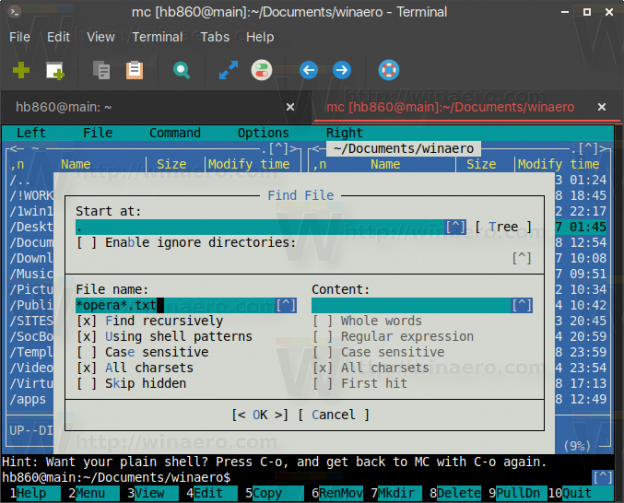

These commands will work in just about all forms of unix, from Mac OS X to Linux or whatever else you may encounter. This expands out subdirectories and lists the files contained within them. To list all files recursively from the command line, you can attach the -R flag to the traditional ls command. List All Files & Subdirectory Contents from the Command Line The above approach is going to be the easiest method for most users, and the next two methods are focused on the command line and are aimed at those comfortable in the Terminal. Keep in mind that if you want to view hidden files through this method, you must enable hidden files to be shown in the Mac OS X Finder separately, which will then carry out through every folder until it is disabled again. Option-clicking that arrow again will cause all subdirectories to close up, otherwise that becomes the new default view when clicking the arrow. The result is that each and every subfolder contained within the directory you option-clicked the arrow on will reveal its contents as well: Now you need to hold the Option key and click on the little arrow alongside the name of the directory to expand that directory and all subdirectories at the same time.

To quickly see what’s in all the subdirectories of a folder within the Finder, open the parent folder and change to list view.
#Linux find file recursive how to#
How to Expand All Subdirectories & List Folder Contents in the Mac OS Finder


 0 kommentar(er)
0 kommentar(er)
